Sixth Shanghai Landscape Forum Tackles Disorder, Climate Change
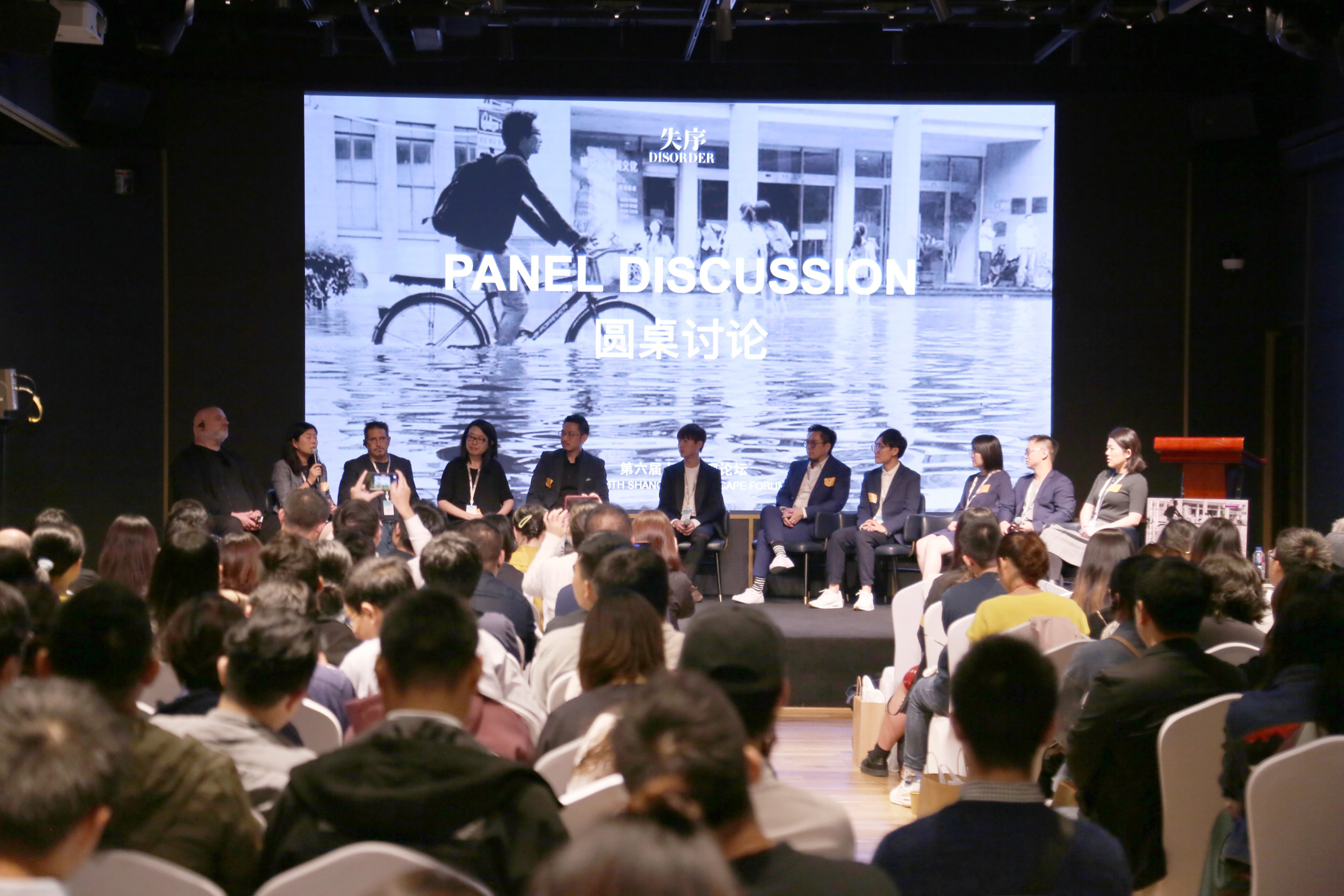
 Sasaki
Sasaki

On November 2, 2019, the sixth Shanghai Landscape Forum kicked off at the All In One Space (AIO) in Shanghai to promote the development of landscape architecture in Shanghai and China.
Sasaki, AECOM, and SWA organized the event in partnership with Hassell and ASPECT Studios. This year’s called on landscape professionals from across the globe to explore Disorder as a guiding theme in their presentations and discussions.
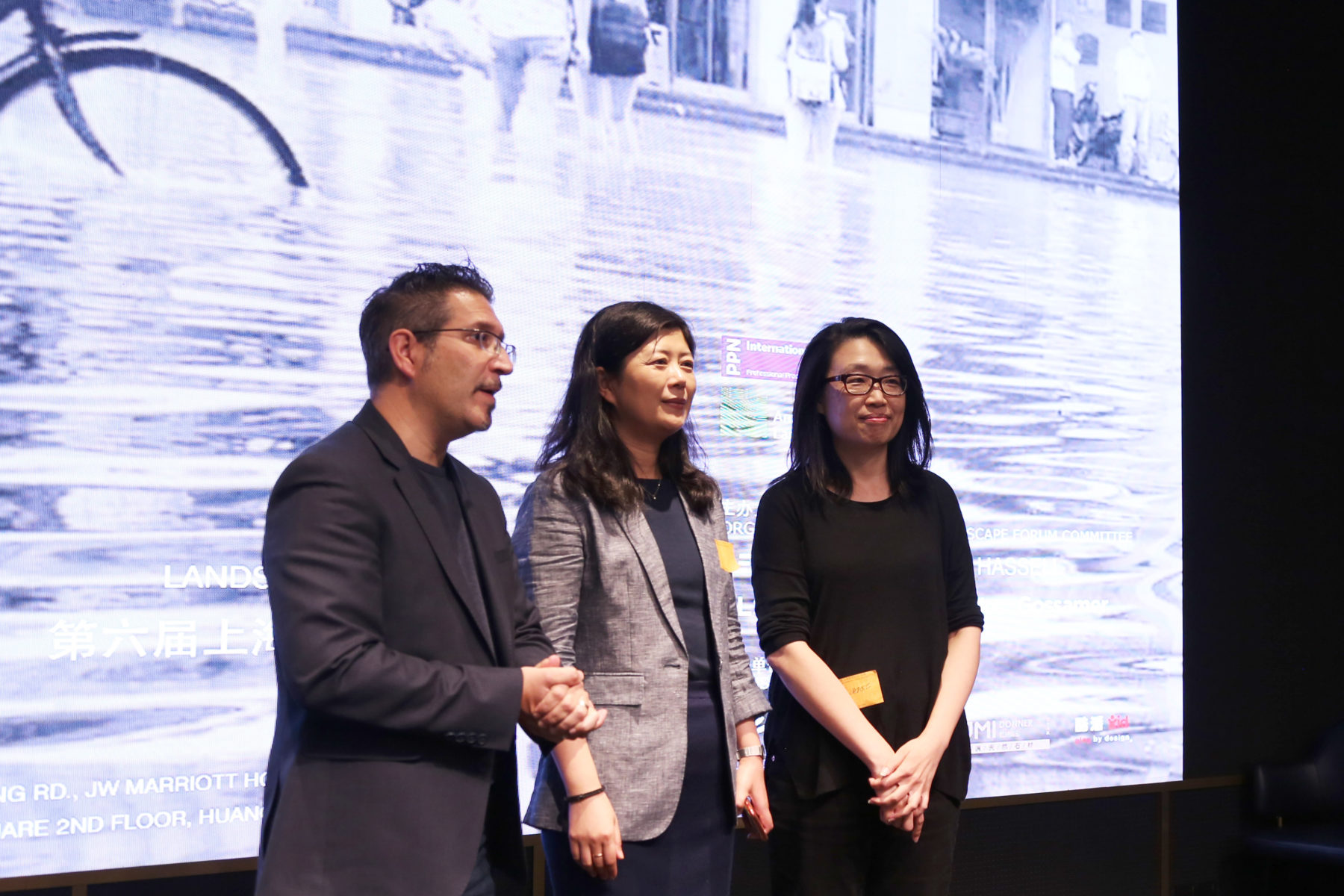
Dou Zhang, co-director of Sasaki’s Shanghai office, Shuyi Chang, principal at SWA Group, and Lee Parks, Director of Landscape Architecture at AECOM Shanghai, (above) have spearheaded the Shanghai Landscape Forum since its inception in 2017. These three industry leaders will be presenting Promoting International Landscape Practice through the Shanghai Landscape Forum at the American Society of Landscape Architecture’s Annual Conference on November 16, 2019.
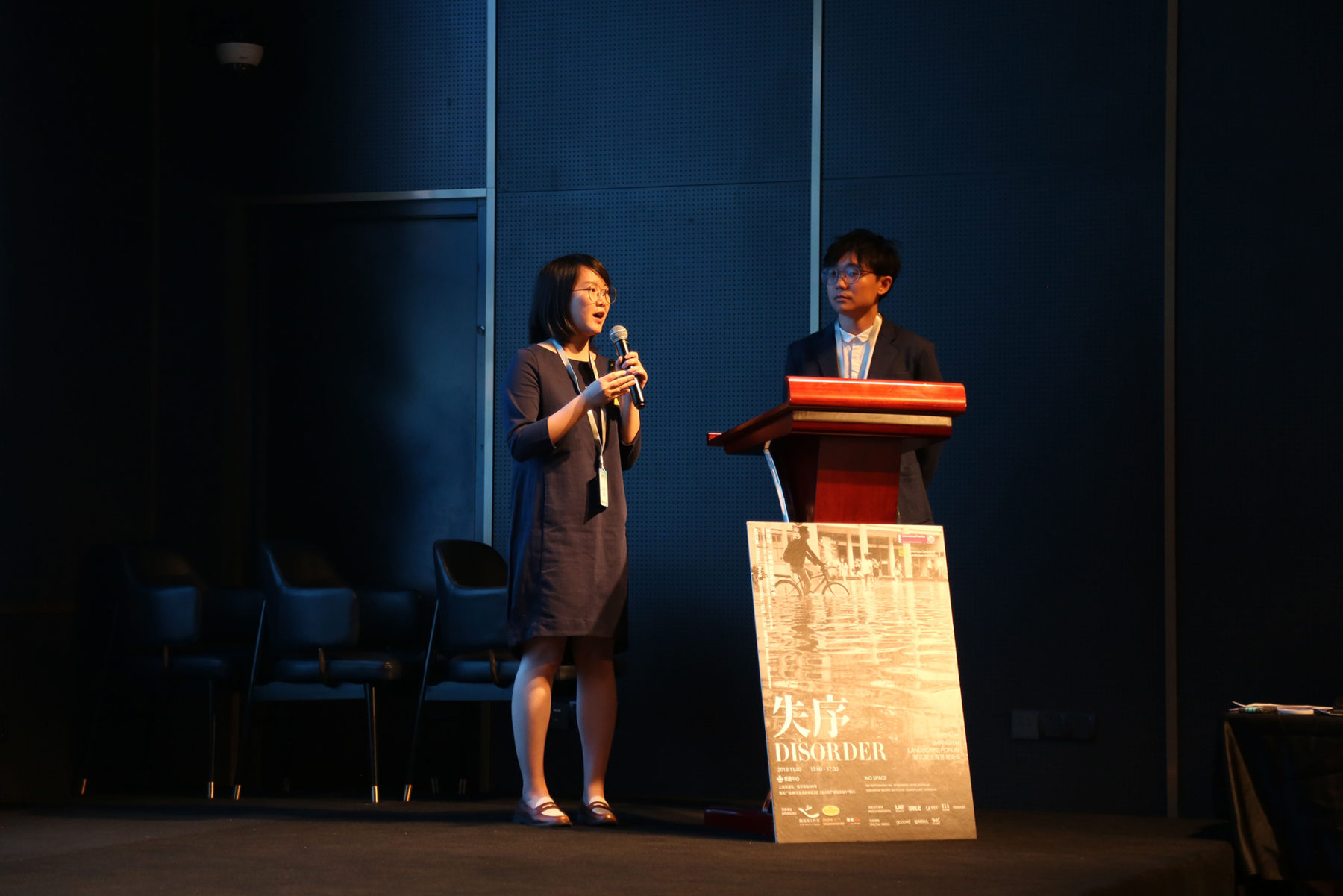
This year’s presentations were broken out in three sessions: Urban Disorder, Disordered Systems, and Climate Disorder. In the first session, designers Gandong Cai, Sasaki, and Mingjie Cai, Stephen Stimson Associates, Inc., (above) discussed their original research on how to create a “spiritual infrastructure.” Their presentation, Mental Disorder—A Strategic Plan to Tackle with Urban Mental Health Issues, discussed how to mitigate the growing tension between mental health concerns and urban systems.
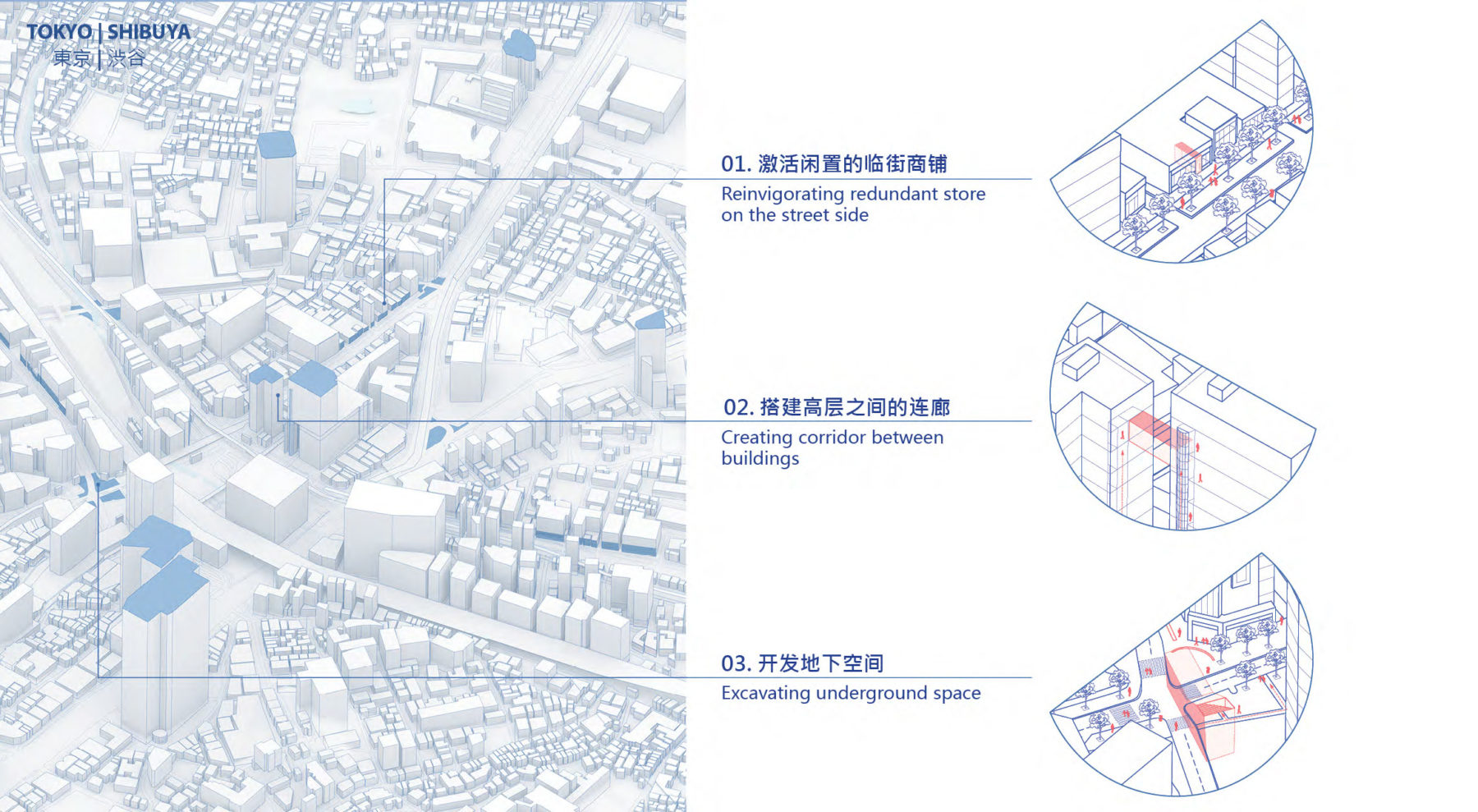
Image credit to Gandong Cai and Mingjie Cai.
In the next session, Disordered Systems, Terry Ye and Huicheng Zhong of Lab D+H discussed how landscape architects can use design, itself, as an avenue for public engagement, and Sijia Liu of Gensler compared research on riverfront parks and public engagement in Chicago and Shanghai.
For the final session, Climate Disorder, Gandong Cai discussed how Sasaki tackled the disconnect between urban systems and the natural environment in Chongqing, China in the project Chongqing Waterfront Park. The design team’s research on flood zones and waterfront accessibility informed their new landscape system design that challenges the area’s current disorder.
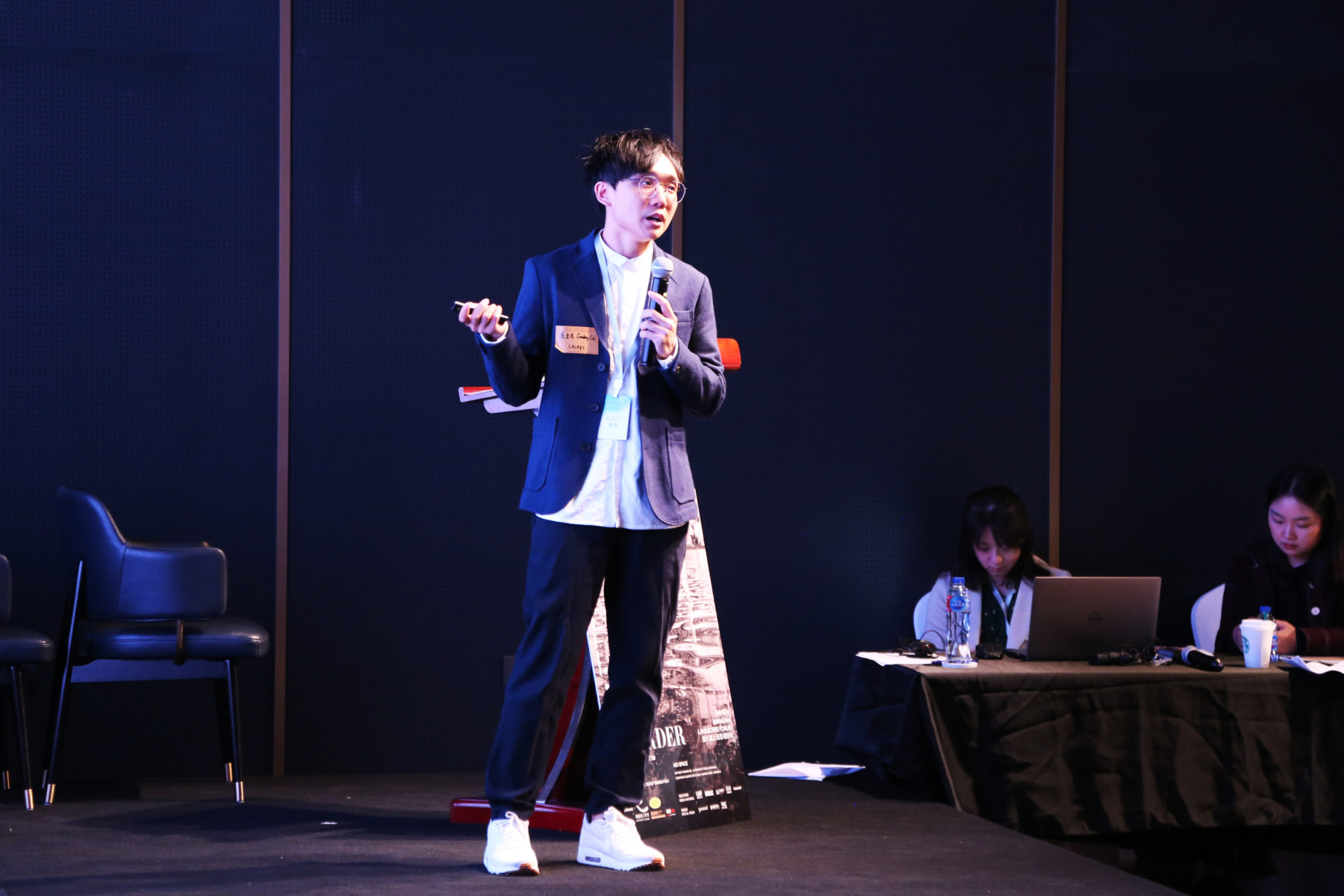
By reconstructing riverfront ecology, creating waterfront landscapes, and improving accessibility and connectivity, the team created a lively waterfront park appealing to residents and tourists.
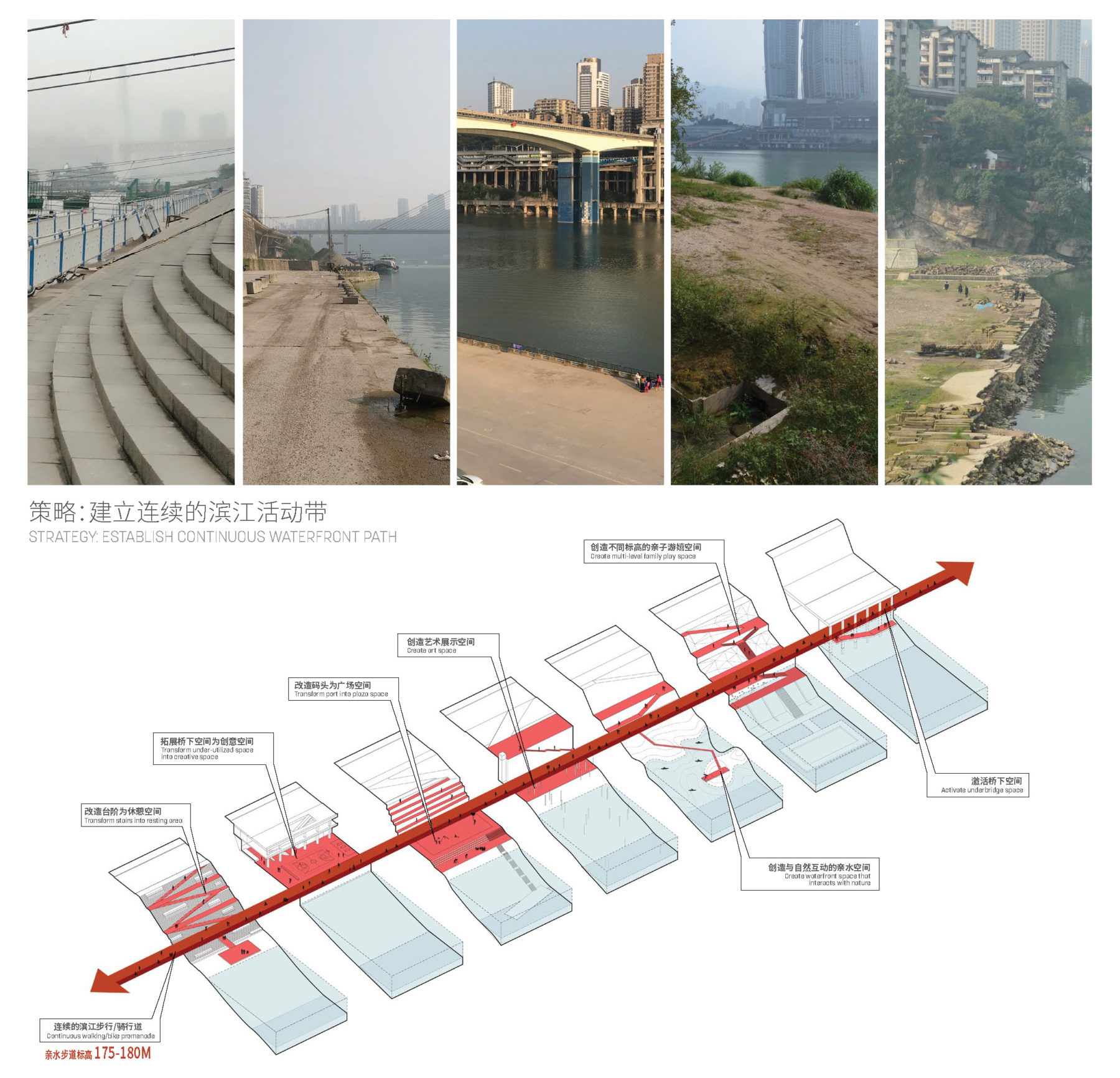
Cai explained that the project team used multi-disciplinary knowledge and cross-scale design methodologies to reconnect the gap between planning and the environment to establish a new sense of order in Chongqing.
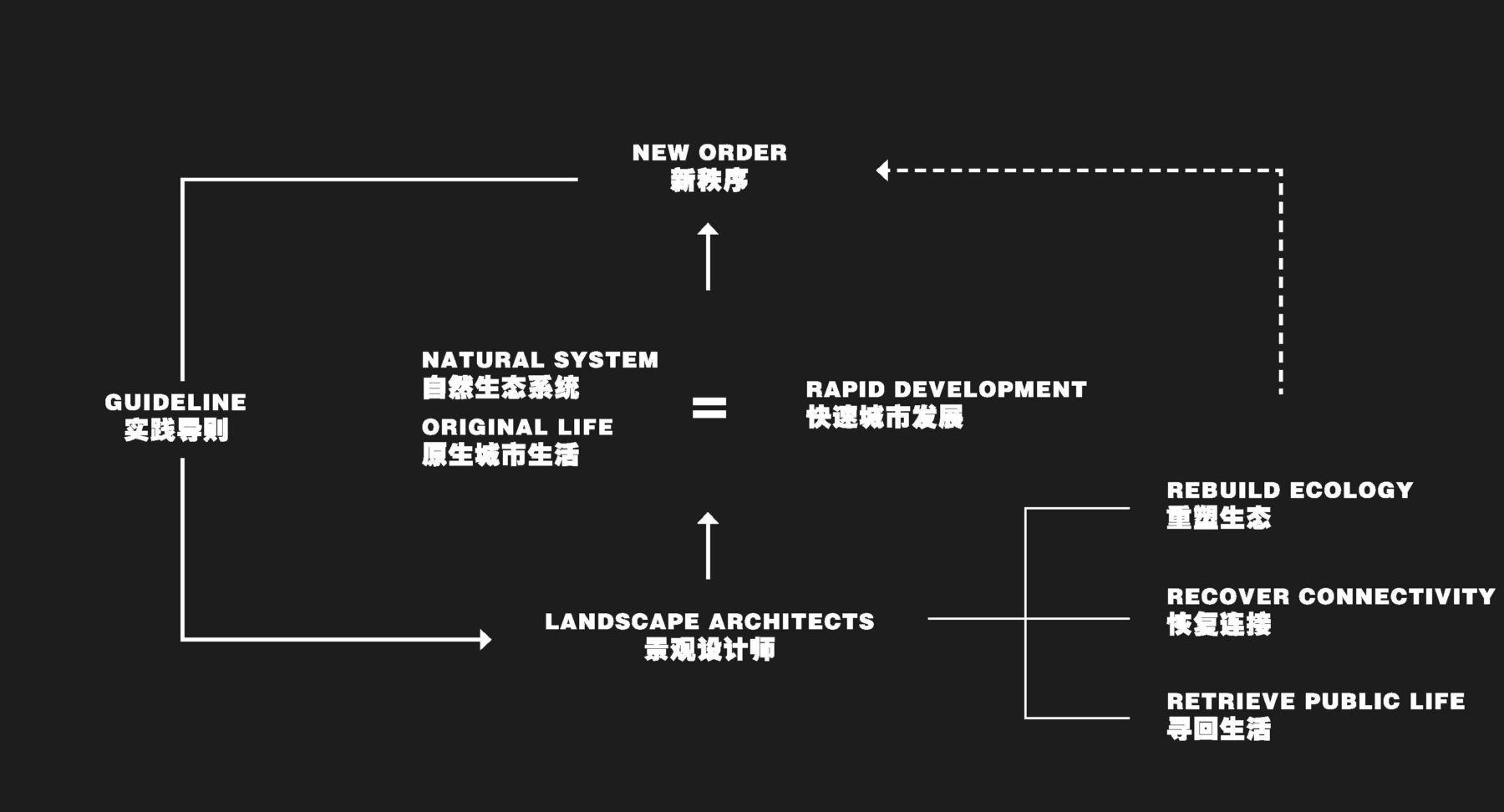
The session continued with Dr. Mo Wang, of Z+T Studio, who presented his research on adapting to urban hydrology risk in Biophilic Eco-design: Adaptive Measures at Source in Response to Disorder. Simon Yue of ARUP introduced ARUP’s winning proposal for Shanghai Drainage System Planning Competition in City Under Pressure, and during Landscape Performance Measured by Animals: New Perspectives of Ecological Recovery–Design for Animals, Jian Jiao of JStudio Research Lab argued that animals are most sensitive to current environmental changes.
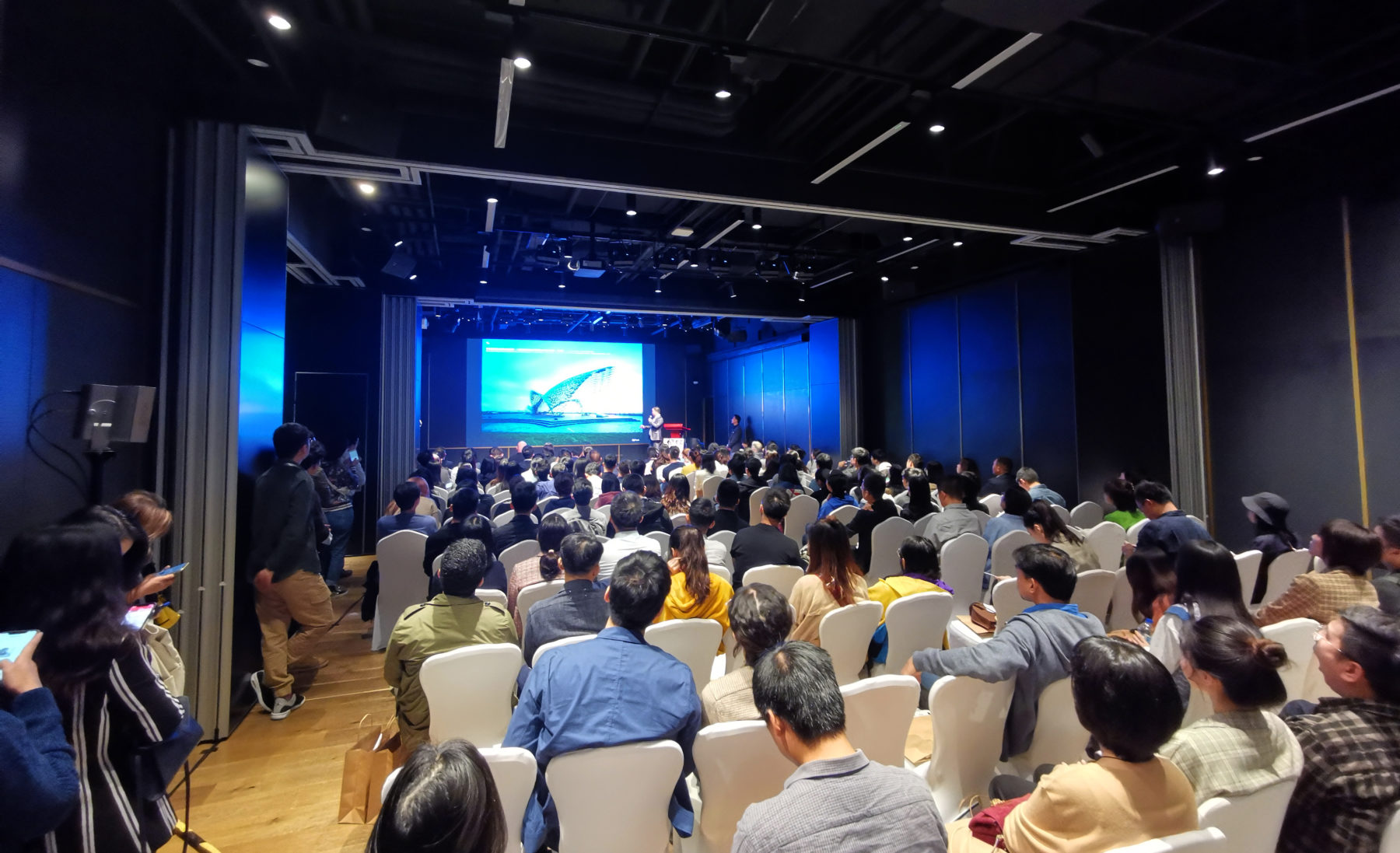
Throughout the evening, speakers encouraged landscape designers across the globe to use design thinking and methods as tools to gather resources that improve ecological harmony, systematic transparency, and urban openness. Looking forward, the Shanghai Landscape Forum will continue to focus on creating dialogues around cutting edge topics in the field of landscape architecture.
We are glad so many Sasakians were able to attend this year’s forum:
Gandong Cai, Qin Fang, Liyuan Ge, Wanjuan Guan, Yijia Guo, Xiangmei Hong, Jing Liu, Zhengyang Wang, Jieya Yu, Zhiqing Yu, Zhiqiang Zeng, Dou Zhang, Yue Zhao, Tianwen Zhou, Zhangkan Zhou, Yu Zhu, Wen Zuo.
Thanks to Yifei Chen Art Studio, DONNERRUMI, Brickform, KOMPAN, and American Society of Landscape Architecture’s Professional Practice Networks for their sponsorship.